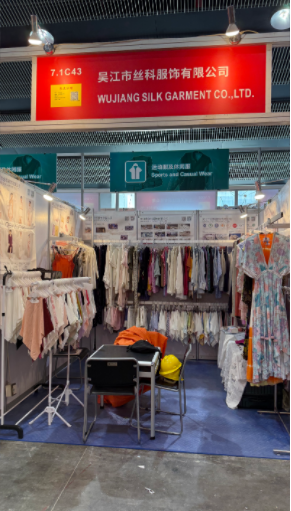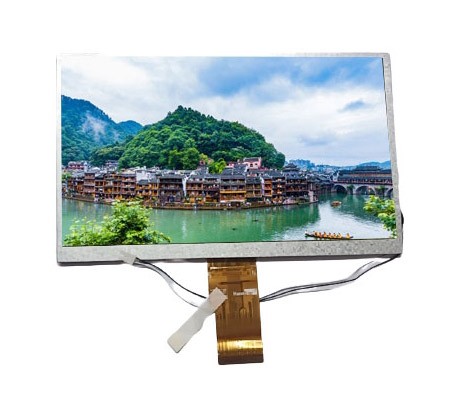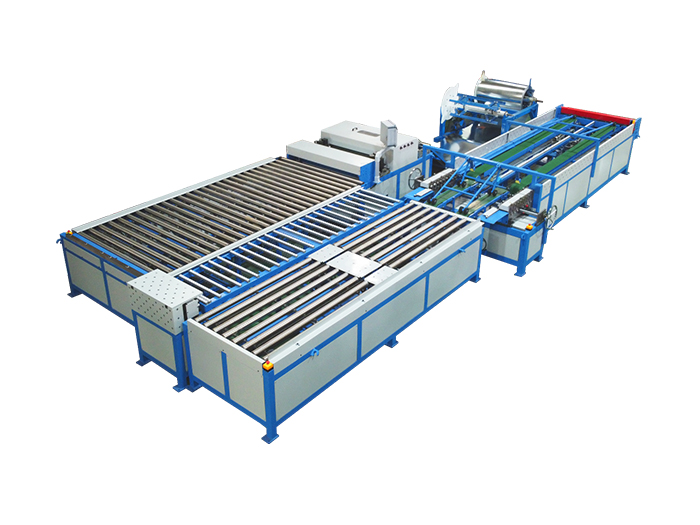Creating an outdoor gym is an exciting venture that combines fitness with the beauty of nature. However, one of the most critical decisions you'll face is selecting the right materials for your outdoor gym. The best material not only enhances the aesthetic appeal but also ensures durability, safety, and functionality. In this article, we will explore various materials suitable for outdoor gym equipment, their benefits, and considerations to help you make an informed decision.
- Understanding the Requirements for Outdoor Gym Materials
Before diving into specific materials, it’s essential to understand the unique requirements of outdoor gym installations. Outdoor environments expose equipment to various elements, including UV rays, rain, snow, and temperature fluctuations. Therefore, the chosen materials must be:
- Weather-resistant: Capable of withstanding harsh weather conditions without deteriorating.
- Durable: Able to endure heavy use and resist wear and tear over time.
- Safe: Non-toxic and designed to minimize injury risks.
- Low-maintenance: Easy to clean and maintain, reducing long-term upkeep costs.
- Top Materials for Outdoor Gym Equipment
A. Steel
Benefits: Steel is one of the most popular materials for outdoor gym equipment due to its strength and durability. Galvanized steel, in particular, is coated to prevent rust and corrosion, making it ideal for outdoor use.
Considerations: While steel is robust, it can become hot in direct sunlight, which may pose a risk of burns. Additionally, it requires periodic maintenance to prevent rust, especially in humid climates.
B. Aluminum
Benefits: Aluminum is lightweight, corrosion-resistant, and does not rust, making it an excellent choice for outdoor gym equipment. It is also easy to transport and install, which can be advantageous for temporary setups or community projects.
Considerations: Although aluminum is durable, it may not be as strong as steel for heavy-duty applications. It can also be more expensive than other materials.
C. Wood
Benefits: Wood offers a natural aesthetic that blends well with outdoor environments. Treated hardwoods, such as teak or cedar, are resistant to decay and insects, making them suitable for outdoor use.
Considerations: Wood requires regular maintenance, including sealing and staining, to protect it from the elements. It may also be less durable than metal options, especially in high-traffic areas.
D. Rubber
Benefits: Rubber is an excellent material for flooring in outdoor gyms. It provides shock absorption, reducing the risk of injury during workouts. Additionally, rubber is weather-resistant and can withstand heavy foot traffic.
Considerations: While rubber flooring is durable, it can be more expensive than other flooring options. It may also fade over time if exposed to direct sunlight without proper UV protection.
- Combining Materials for Optimal Performance
For the best results, consider combining different materials to leverage their strengths. For example, using a steel frame with rubber flooring can provide a robust structure while ensuring safety and comfort for users. Additionally, incorporating wooden elements can enhance the aesthetic appeal of the gym, creating a welcoming environment.
- Environmental Considerations
As sustainability becomes increasingly important, consider eco-friendly materials for your outdoor gym. Recycled materials, such as composite decking made from recycled plastics and wood fibers, can offer durability and reduce environmental impact. Additionally, sourcing locally produced materials can minimize transportation emissions and support local economies.
- Conclusion
Choosing the best material for your outdoor gym is a multifaceted decision that requires careful consideration of durability, safety, aesthetics, and maintenance. Steel and aluminum are excellent choices for equipment, while wood can enhance the visual appeal. Rubber flooring provides safety and comfort, making it an ideal choice for high-impact areas. By understanding the unique properties of each material and considering a combination approach, you can create an outdoor gym that not only meets your fitness needs but also stands the test of time.





